I want to get the result below but without using the at syntax because it's not supported in Safari, I'm having a hard time with it. Does any one know any approach? Thank you in advance!
#content {
background-color: black;
height: 300px;
width: 500px;
}
#inverted-circle {
background: radial-gradient(110% 200% at 50% 0, white 49.9%, rgba(255,255,255,0) 50.05%);
position: relative;
content: '';
height: 220px;
width: 100%;
}<div id="content">
<div id="inverted-circle"></div>
</div>It's still not working on Safari on iOS
